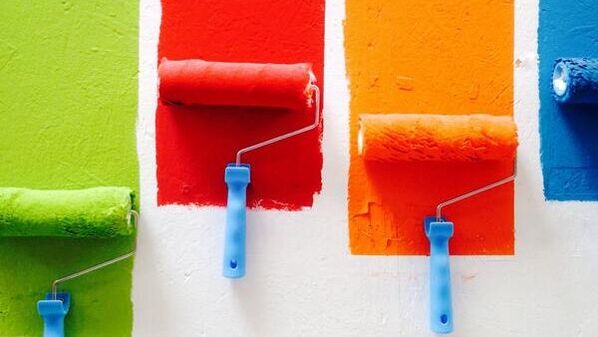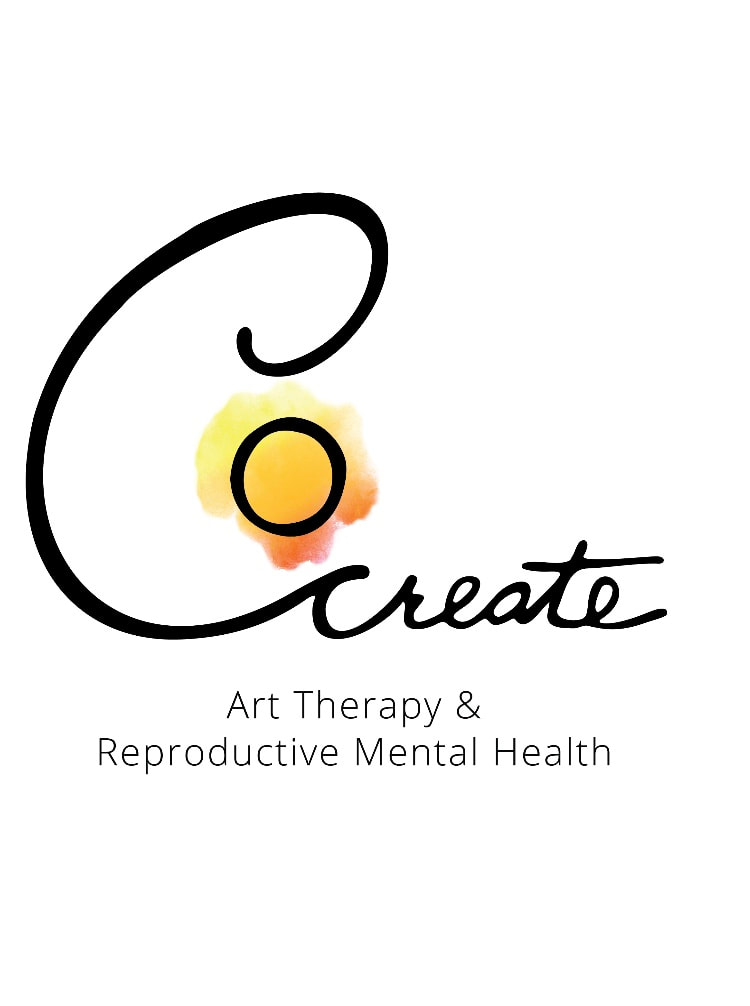"He who looks outside, dreams. He who looks inside, awakens." -Carl Jung
Art Therapy
How does it work?
|
Trauma or overwhelming events can get stored in the mind’s eye as images or within the body as muscle memory or somatic issues. They aren't accessed easily through the language processing parts of the brain, which makes them difficult to unpack by talking alone. Stress and major life changes in particular can also reactivate previous trauma responses and compromise crucial creative problem solving and critical thinking skills. Art therapy provides a safe and gentle approach to exploring complex experiences and emotions. Numerous studies have shown that engaging in active reward activities that allow the mind and body to work in harmony and produce a mindful “flow” can improve mood, decrease depressive symptoms, and create a sense of calm and well-being, allowing whatever needs to surface to do so. Art therapy also helps improve:
|
Art as Therapy
Engaging in art as therapy——whether it's doodling in coloring pages, sculpting with clay, splatter painting, or ripping up magazines for collage——can feel like a cathartic release. Some people utilize art therapy primarily in this way, often beginning or resuming a creative practice within the context of an art therapy relationship and then continuing it on their own to maintain self care. Art Psychotherapy
Engaging in art psychotherapy together often involves uncovering the symbolism within a work of art or creative process itself, literally or through metaphor, to work toward gaining insight into deeper conflict or hidden issues. Various art materials and ways of working with them can evoke a range of different emotional responses, which is also integrated into sessions. This allows the art media and creative process to become an essential part of the therapeutic toolkit. Some prefer to analyze previous artwork, make art during sessions, talk, or a combination of all of the above, which is all encouraged based on what is needed in the moment. |
Teletherapy
There is no “right” way to engage in remote art therapy and no ideal candidate, regardless of skill level or artistic background. For some, tele-art therapy looks like making art in real time based on a directive or in response to a current concern. Some prefer to spontaneously create something as they talk, perhaps to give their hands another focus and release some anxiety around a hard topic. Some rarely produce art but instead use the creative language of metaphor or dream work to approach concerns from another angle. Art therapy can be used as a primary treatment modality to supplement to existing approaches or as a stand-alone approach. Regardless of the method, the lens through which we explore issues focuses on a shared goal of self awareness and empowerment. All that is “needed” is a quiet and stationary space, headphones for privacy, Internet connection, basic art materials of your choice, and an open mind toward both the creative and therapeutic process. It's in our nature to create!





